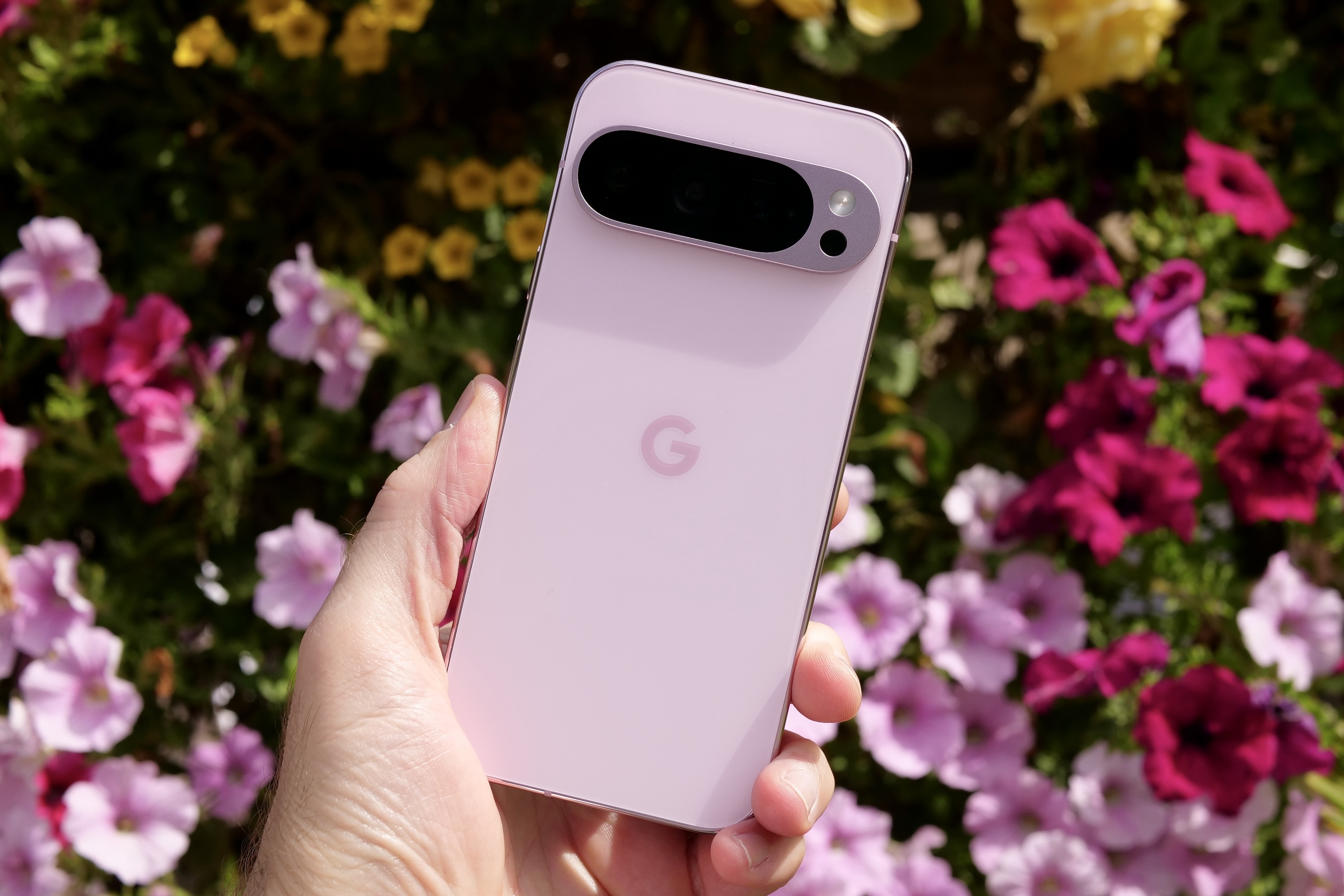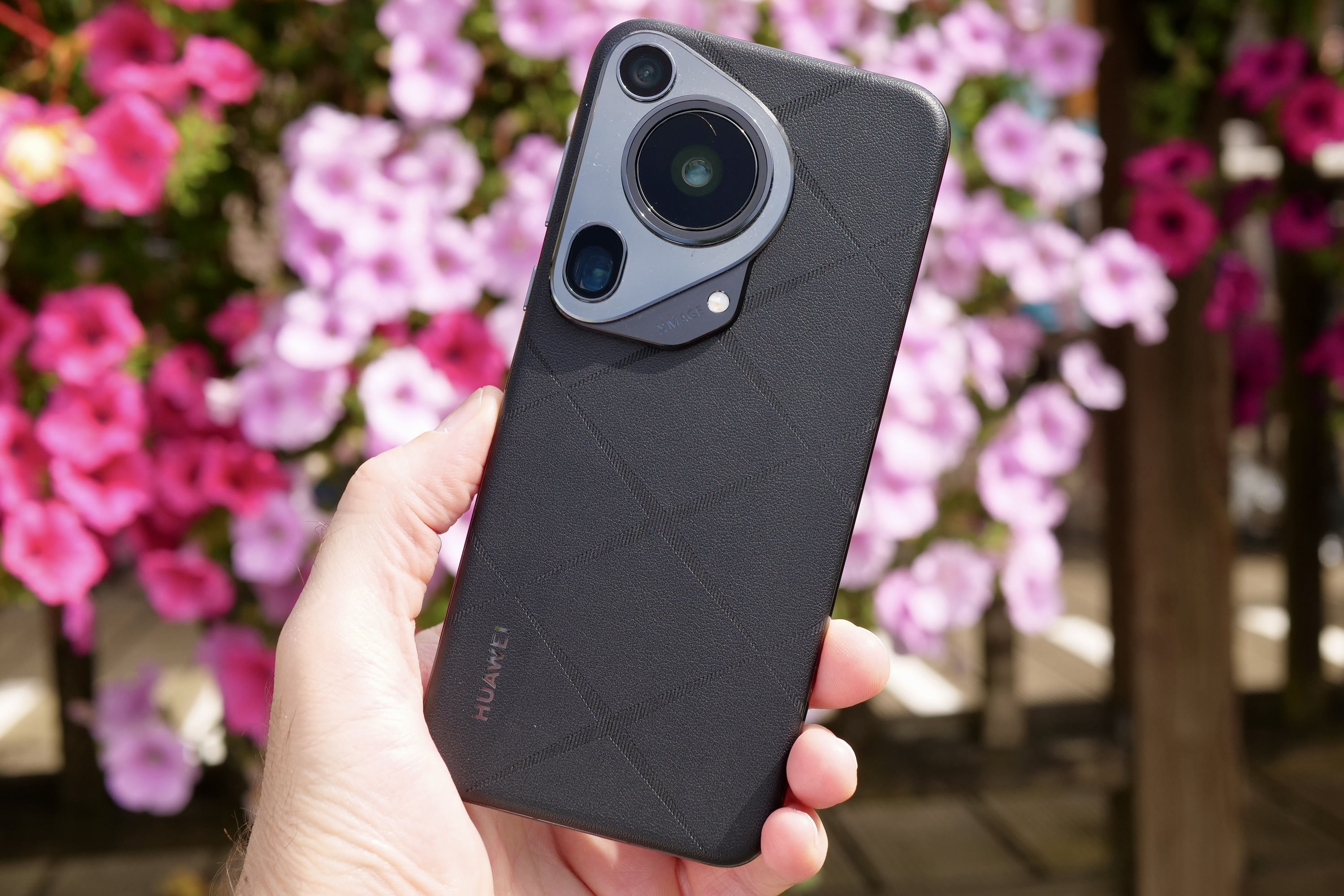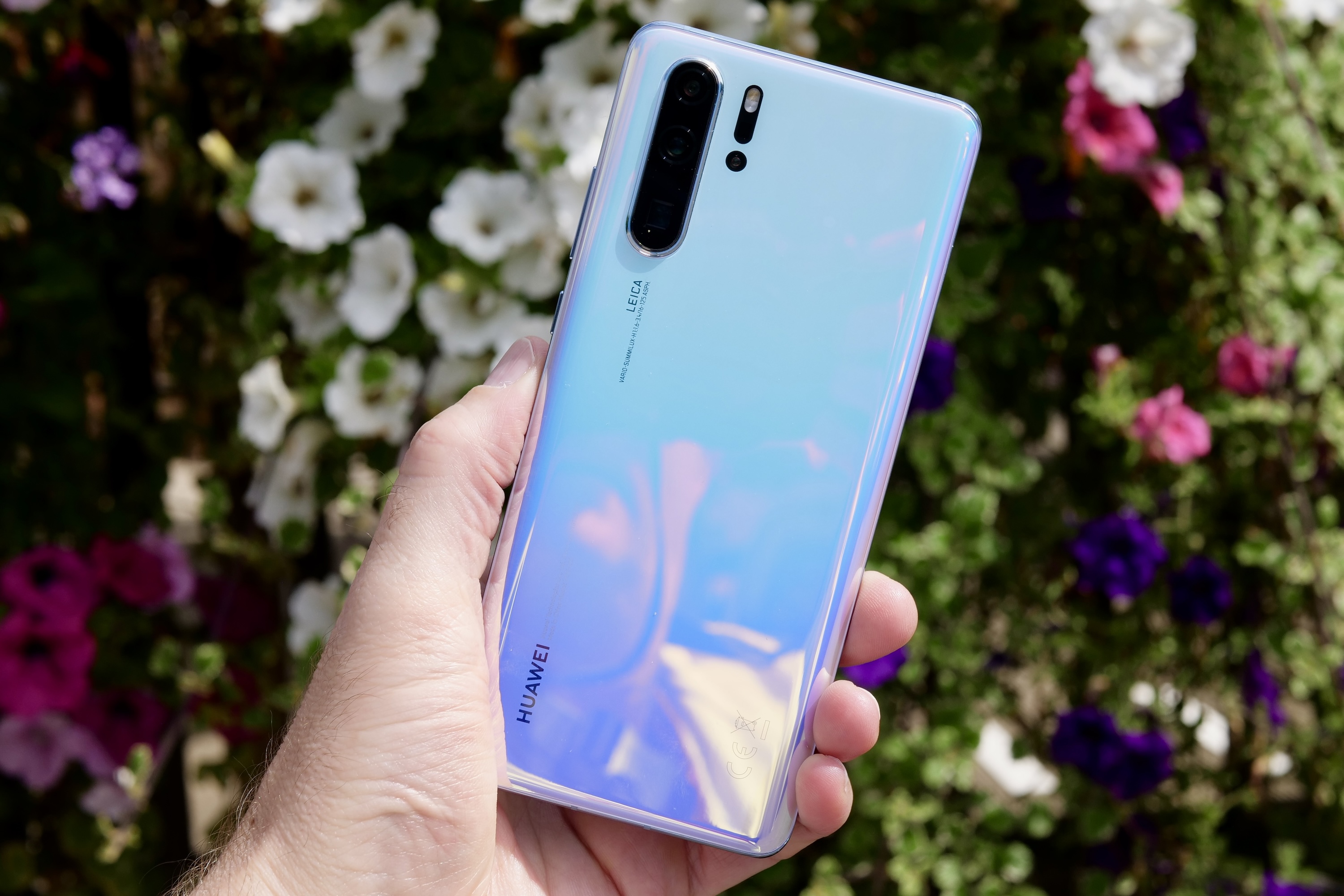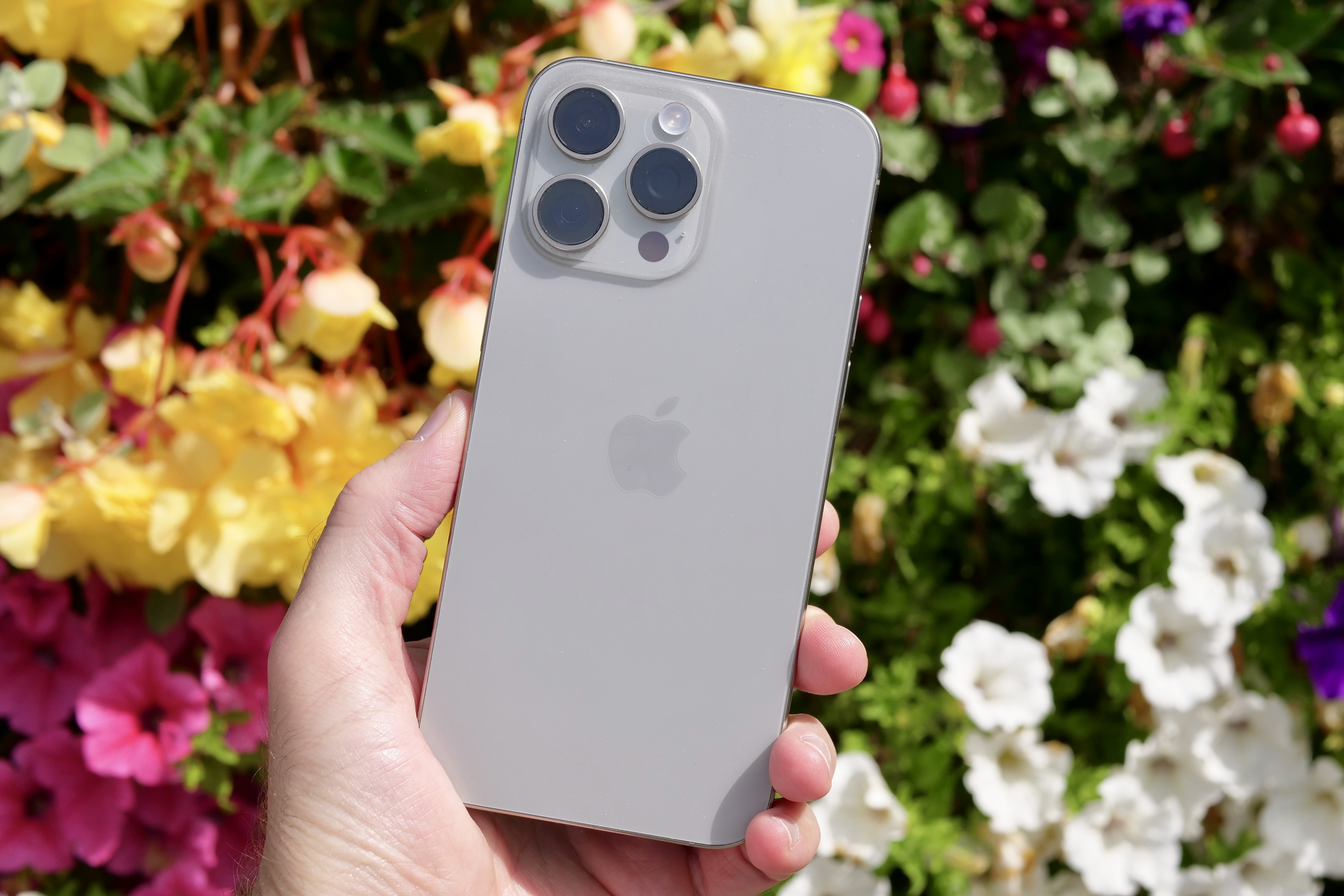
All the latest AI camera features in the Google Pixel 9 Pro, Google Photos, and a host of other recently launched phones and devices got me thinking. I quite enjoy some of them and can’t deny the usefulness of Magic Eraser.
Still, I wonder how many will have the longevity of a camera feature I’ve watched steadily improve to become so much more exciting over the last few years, and where AI is working behind the scenes. I’m talking about our phones’ telephoto and digital zoom features, where AI is a mostly silent, but critical part of the story.
Telephoto cameras on phones

How much have zoom cameras improved? To illustrate how the tech has moved on, I dug out the Google Pixel 3a, a phone released in 2019, and went out to take a few photos with it and a selection of other phones. Why The Pixel 3a? I still have one, it does not have a telephoto camera (only a digital zoom), and it has the same primary camera sensor as the Pixel 3 and the Pixel 3 XL. The more expensive phones just added a wide-angle camera.
In the camera app, Google added a 2x shortcut, and you could pinch-to-zoom up to 7.5x zoom. On the Pixel 9 Pro, you can choose 2x zoom, 5x optical zoom, and anywhere up to 30x Super Res Zoom. It’s similar to the iPhone 15 Pro Max and the Samsung Gaalaxy S24 Ultra, apart from Samsung’s controversial “optical quality” 10x zoom option on its flagship camera phone, which replaced the 10x optical zoom on the Galaxy S23 Ultra.
Just looking at these specifications, you can immediately see how telephoto camera hardware has changed over the last five years. However, it’s not just the hardware, but the software, that has driven zoom cameras forward, so I also wanted to see how the Huawei P30 Pro compares to today’s cameras. In 2019, it was one of the best camera phones you could buy, and it has a 5x optical periscope zoom, along with clever but older software enhancements.
Photo evidence
- 1. Google Pixel 3a 2x zoom
- 2. Google Pixel 9 Pro 2x zoom
- 3. Samsung Galaxy S24 Ultra 2x zoom
- 4. Huawei P30 Pro 2x zoom
It’s best just to show you how good we have it today. The photo of the steering wheel was taken at 2x by the Pixel 9 Pro, Pixel 3a, Huawei P30 Pro, and the Samsung Galaxy S24 Ultra. The Pixel 3a’s digital zoom photo isn’t bad at all, but it lacks detail. Look at the leather wheel, Airbag script, and instrument cluster in the Pixel 9 Pro’s photo to see what I mean. The Huawei P30 Pro’s photo is good, but there’s a lot of blur and pixelation when you look closely, while the Galaxy S24 Ultra’s photo has considerable smoothing. None have an optical 2x zoom and rely heavily on software to improve the photos.
- 1. Google Pixel 3a 5x zoom
- 2. Google Pixel 9 Pro 5x zoom
- 3. Huawei P30 Pro 5x zoom
- 4. Apple iPhone 15 Pro Max 5x zoom
Now, let’s see what happens at 5x zoom. The Pixel 3a still uses a digital zoom here, but the Pixel 9 Pro, P30 Pro, and Apple iPhone 15 Pro Max all have an optical 5x zoom, and the differences are dramatic. The Pixel 3a’s photo looks just how we’d expect with its pixelation, smudging, and lack of detail. All the other photos are pin-sharp, but pay particular attention to the P30 Pro’s fantastic periscope zoom photo, which outperforms today’s phones in some areas, like the wheel’s surface in this example. Hardware is still king, as we’ll come back to in a while.
- 1. Google Pixel 3a 7.5x zoom
- 2. Google Pixel 9 Pro 10x zoom
- 3. Samsung Galaxy S24 Ultra 10x zoom
- 4. Huawei Pura 70 Ultra 10x zoom
Perhaps the greatest improvements can be seen when zooming in at 10x and beyond, which the Pixel 3a can’t even manage, topping out at 7.5x. Little needs to be said about the 3a’s photo, but just look at the photos from the Pixel 9 Pro, the Galaxy S24 Ultra, and the Huawei Pura 70 Ultra. Text is sharp, colors realistic, and apart from some unpleasant blurring in the Pura 70 Ultra’s image, all look superb. All three zoom levels show how phones today are taking photos that would have otherwise been impossible only a few years ago.
Digital zoom examples
- 1. Google Pixel 9 Pro 10x zoom
- 2. Huawei P30 Pro 10x zoom
Remember when the Huawei P30 Pro’s digital hybrid zoom impressed us when it launched? (I do, anyway.) Here’s how its 10x digital zoom compares to the Pixel 9 Pro’s 10x zoom today. The amount of detail captured by the Pixel is amazing, considering the phone has basically the same camera hardware as the P30 Pro, and it’s all down to the processing power and software of today.
- 1. Google Pixel 9 Pro 30x
- 2. Google Pixel 9 Pro 30x zoom, after using Zoom Enhance
- 3. Google Pixel 9 Pro 30x zoom
- 4. Google Pixel 9 Pro 30x zoom, after using Zoom Enhance
The thing is, 30x zoom shots are today’s equivalent to old 10x shots, and impressive software makes them even better. The two photos in the gallery above were taken with the Pixel 9 Pro’s 30x zoom and then given the “Zoom Enhance” treatment, where Google’s AI works to bring out more detail. None are perfect, but considering all were taken handheld at 30x by a phone, they’re not bad at all.

Machine learning, AI, and new processors have all helped improve digital zooms to an incredible extent, with the latest Super Res Zoom on the Pixel 9 Pro a great example of what’s possible. Although I don’t think the photos are faultless, it’s astonishing to me that a phone can take a decent enough photo of an airplane thousands of feet in the air to the extent that I can see what airline it is. I can’t even begin to attempt the same thing with the Pixel 3a.
We need both software and hardware

Digital and hybrid telephoto cameras are becoming so good that I fear tech companies will be looking for ways to exploit these dramatically improved digital zooms and use them as an excuse to abandon dedicated camera hardware. In a way, Samsung already tried it with the Galaxy S23 Ultra’s 10x telephoto camera, and it reminds me of the automotive industry’s obsession with touchscreens instead of a more sensible combination of touch and physical controls. It would be the wrong approach. Software and AI have the ability to change our photos for the better, but they will always need to work in tandem with the proper hardware.
It’s easy to forget a great telephoto camera does more than “get close” to a subject, and what makes one so much fun to use is more than just extracting sharp detail. Optical zoom telephoto cameras can add a wonderful depth of field to your photos while retaining detail, without ever having to use an artificial portrait mode. These optical zoom cameras allow you to get more creative and give your pictures that desirable pro-level look. I like features that encourage you to really think about taking photos and what type of result you want before taking them.

You don’t get this with many dedicated AI camera features, as most work after the fact. I can do without gimmicky features like Add Me and Pixel Studio. While I appreciate that they are great for promotion and marketing, it seems today’s real AI magic is at work behind the scenes to improve modes that all of us will likely use a lot more than once or twice.
In the same way, I don’t want AI to take over the conversation around mobile tech, as seems to be the current trend. I also don’t want it to become the only thing companies are talking about in cameras either, as you can see the incredible results you get when both the latest software and hardware are working together in harmony.



























